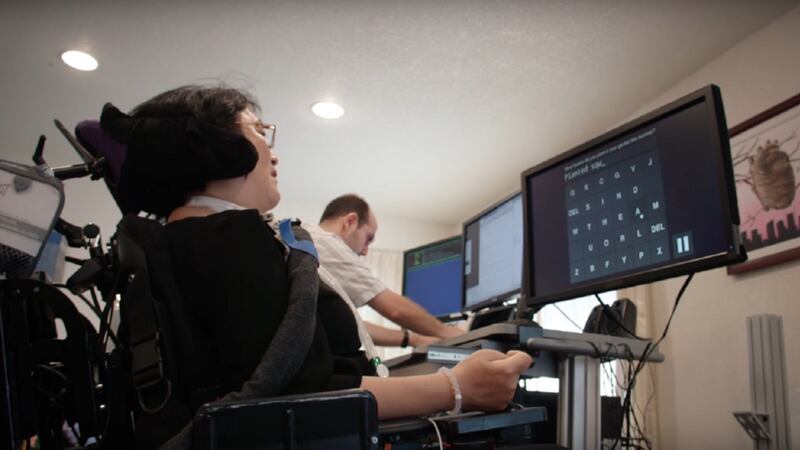A new pill-sized electronic brain implant allows users to control computer interfaces better than any such technology which has come before.
The new model of brain-computer interface outperforms every previous device “by a factor of three” in both the speed and accuracy of typing, scientists say.
Created by a team at Stanford University in the US, it represents a “major milestone” for technology which offers a lifeline for those suffering from severe paralysis or are otherwise incapable of communicating.
To test the technology, scientists had three volunteers, each suffering severe limb weakness disorders, implanted with a pill-sized electrode array in their brain. The small implant monitors electrical signals from the motor cortex – the section of the brain which controls muscle movement – and translates these through an algorithm into instruction to move a cursor on an on-screen keyboard.
With minimal training, the participants outperformed all previous tests of brain-computer interfaces of their kind – with one recording 39 correct characters in a single minute, which equates to about eight words.
The creators say with auto-correct and word-recognition software these speeds could be increased still further.
“Our study’s success marks a major milestone on the road to improving quality of life for people with paralysis,” said professor Jaimie Henderson.
Similar technology has been in use for more than 40 years, but has often been complex and requires extensive training before it can be used accurately and with any degree of speed.
“This study reports the highest speed and accuracy, by a factor of three, over what’s been shown before,” said study co-author Krishna Shenoy PhD. “We’re approaching the speed at which you can type text on your cellphone.”
The inventors of the technology have predicted it could be as little as five years before a fully-implanted and wireless system is developed – without the need for calibration or assistance from a technician and with no impact on the user’s appearance.
“I don’t see any insurmountable challenges,” said Shenoy. “We know the steps we have to take to get there.”








